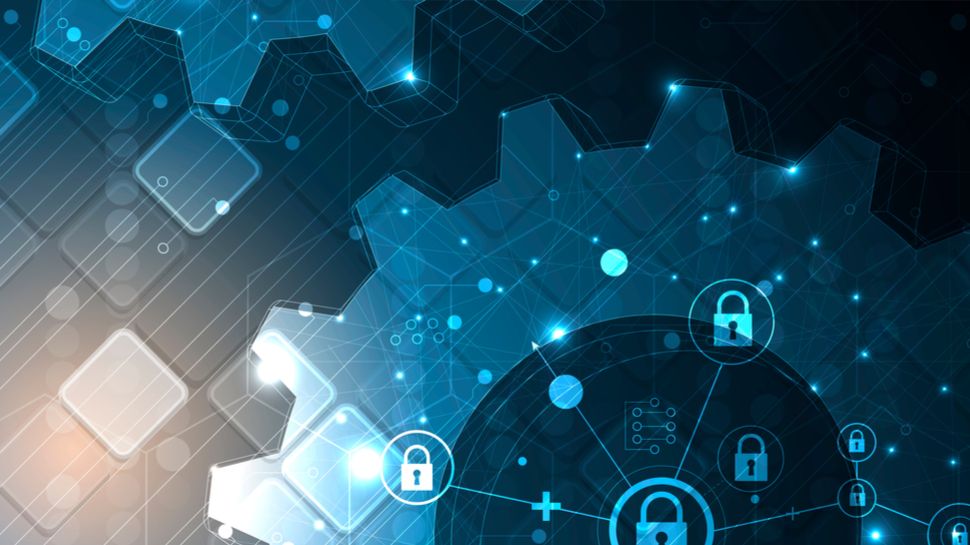- Pro
Zero Trust has become a guiding principle for modern security
Comments (0) ()When you purchase through links on our site, we may earn an affiliate commission. Here’s how it works.
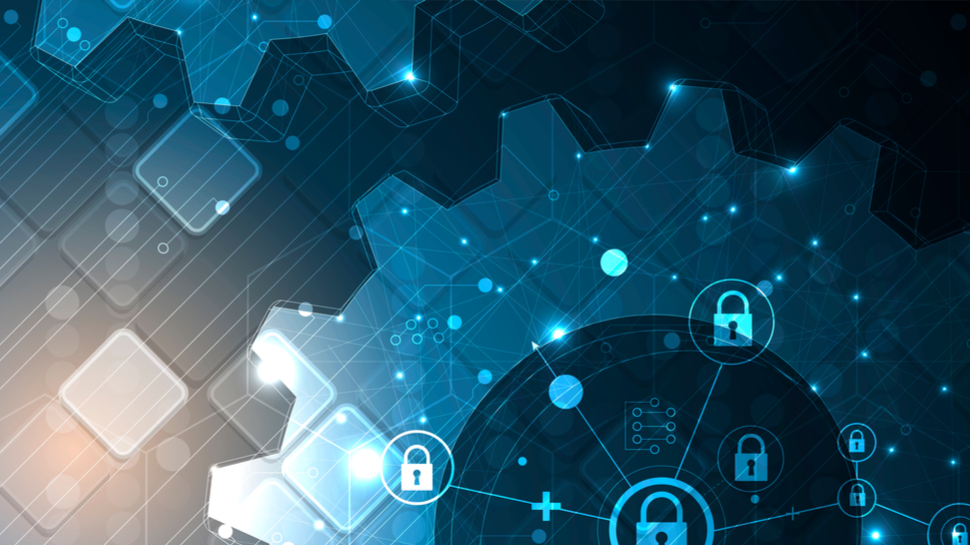 (Image credit: Shutterstock)
(Image credit: Shutterstock)
(Image credit: Shutterstock)
(Image credit: Shutterstock)
Zero Trust has become a guiding principle for modern security, yet the concept often moves slower than the pace of change in environments it’s meant to protect
Rapidly evolving organizations can see workloads spinning up and down in minutes, hybrid applications connecting across continents, and identities moving fluidly between corporate networks and cloud platforms.
David BrownSocial Links NavigationSVP for International Business at FireMon.
- Amazon Black Friday deals are live: here are our picks!
In theory, Zero Trust should thrive under these conditions, because it was designed for dynamism – and for the assumption that nothing and no one is inherently trusted. In practice, though, many implementations become bogged down by process and complexity, and the security frameworks which safeguard all this activity simply can’t keep up.
You may like-
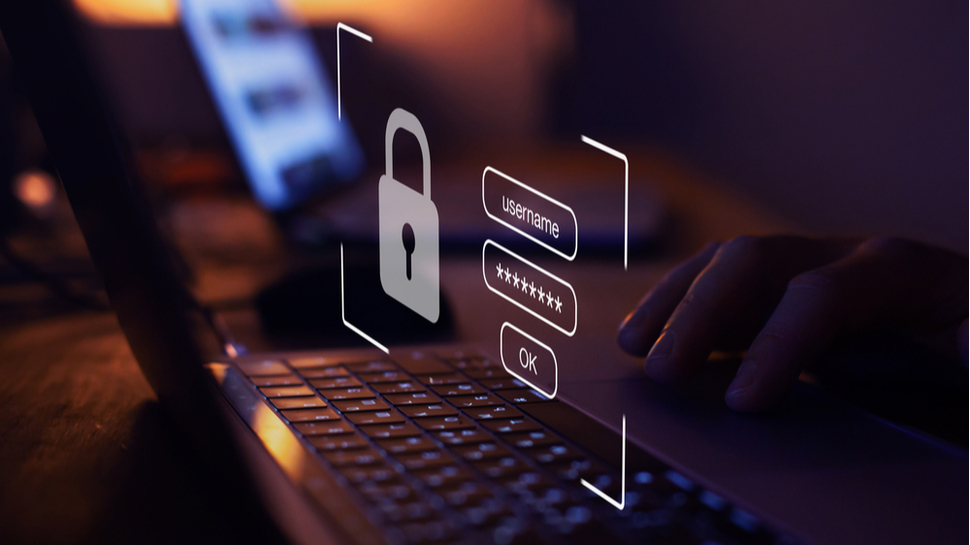 Zero Trust: a proven solution for the new AI security challenge
Zero Trust: a proven solution for the new AI security challenge
-
 How Zero Trust can help organizations manage mounting agentic AI security risk
How Zero Trust can help organizations manage mounting agentic AI security risk
-
 Building a security-first framework against evolving cyberthreats
Building a security-first framework against evolving cyberthreats
Policies no longer reflect what’s happening in production, enforcement becomes inconsistent, and teams lose sight of the connections between systems.
If we want Zero Trust to work as intended, we have to talk about speed, and not just as a metaphor for innovation, but as a measure of operational effectiveness itself.
Here there are three dimensions that determine whether Zero Trust succeeds or slows down: the speed of change, the speed of alignment, and the speed of response.
1. Speed of change
Modern networks exist in a state of near-constant flux. Workloads are created, relocated, and redefined across clouds and data centers according to cost, performance, or demand. Each movement reconfigures how applications, users, and services interact – and with it, the boundaries of trust.
Are you a pro? Subscribe to our newsletterContact me with news and offers from other Future brandsReceive email from us on behalf of our trusted partners or sponsorsBy submitting your information you agree to the Terms & Conditions and Privacy Policy and are aged 16 or over.Security frameworks that were designed for slower, more predictable infrastructure struggle to maintain integrity under these conditions. Access rules and firewall policies that once mapped neatly to a fixed network now have to adapt to thousands of dynamic endpoints and ephemeral identities.
This produces an environment where visibility disperses almost as soon as it’s established.
In many organizations, this issue develops gradually: perhaps, for example, a new application is deployed to a region where network policies haven’t yet been updated.
You may like-
 Zero Trust: a proven solution for the new AI security challenge
Zero Trust: a proven solution for the new AI security challenge
-
 How Zero Trust can help organizations manage mounting agentic AI security risk
How Zero Trust can help organizations manage mounting agentic AI security risk
-
 Building a security-first framework against evolving cyberthreats
Building a security-first framework against evolving cyberthreats
But over time, these small inconsistencies compound until the map of what exists, what’s permitted, and what’s protected no longer reflects the reality of the network.
Visibility must run continuously, drawing context from across the environment so that changes in one domain immediately inform controls in another. It’s not enough to know what assets exist; teams must understand how those assets relate, what business functions they serve, and how those relationships evolve.
Zero Trust depends on this real-time awareness. Without it, the entire model risks enforcing a view of the network that’s already outdated, and that’s precisely the condition Zero Trust was meant to prevent.
2. Speed of alignment
Visibility alone doesn’t guarantee consistency. In many enterprises, Zero Trust policies live across multiple enforcement domains – segmentation platforms, network firewalls, and cloud controls – each operating on its own update cycle.
When those systems evolve at different speeds, intention and enforcement can drift apart. A segmentation rule might forbid communication between two workloads while an inherited firewall policy still allows it. The contradiction is a by-product of asynchronous change.
Every time a new application is deployed or an access rule adjusted, security teams must trace the impact across layers before approving the change. The process slows deployments, frustrates teams, and undermines the agility Zero Trust was meant to deliver.
The solution is correlation rather than consolidation: a connective layer that interprets and reconciles intent across systems automatically. When a workload moves or its attributes change, the related enforcement rules update in real time, preserving alignment without manual intervention.
This alignment, ultimately, is about momentum – ensuring that the logic of trust and the mechanisms enforcing it move together, quickly.
3. Speed of response
Even well-managed environments degrade over time. Policies expand, contexts change, and the relationships between assets evolve faster than most review cycles can track.
These instances aren’t problems in and of themselves – and we can never entirely eliminate risk. But the delay in discovering this risk can turn small problems into existential ones.
Zero Trust depends on how quickly those deviations are detected and resolved. The longer a misconfiguration or policy conflict remains unseen, the greater the uncertainty it introduces – whether that’s in the form of excessive access, blocked services, or weakened compliance.
But in many organizations, detection still relies on manual audits or scheduled reviews that surface problems long after they first appear.
Closing that gap requires continuous validation. Modern analytics tools can compare active enforcement with intended policy, identify inconsistencies, and trace them back to the precise rule or dependency causing the error.
When teams understand exactly where and why enforcement has diverged, their responses become faster, more targeted, and verifiable.
Automation strengthens this process. Routine corrections, such as removing redundant rules or adjusting outdated access, can be applied automatically, while more complex exceptions remain under expert control.
Ultimately, speed of response defines Zero Trust resilience. The most powerful systems should be able to detect and correct their own misalignments in near real time.
The outcome: Zero Trust at the speed of business
Zero Trust is often described as an end state, but it works best as a process that keeps adjusting to what the organization is doing. Every environment changes – sometimes gradually, sometimes all at once – and security has to absorb that movement without losing its footing.
Speed is what makes that possible. When change, alignment, and response move together, Zero Trust can evolve in step with the business instead of trailing behind it.
A sustainable Zero Trust model isn’t defined by how rigid its controls are, but by how naturally it adapts. The faster that adaptation happens, the less energy is spent catching up, and the more time teams have to focus on what’s ahead.
We've featured the best online cybersecurity course.
This article was produced as part of TechRadarPro's Expert Insights channel where we feature the best and brightest minds in the technology industry today. The views expressed here are those of the author and are not necessarily those of TechRadarPro or Future plc. If you are interested in contributing find out more here: https://www.techradar.com/news/submit-your-story-to-techradar-pro
TOPICS AI David BrownSocial Links NavigationSVP for International Business at FireMon.
You must confirm your public display name before commenting
Please logout and then login again, you will then be prompted to enter your display name.
Logout Read more Zero Trust: a proven solution for the new AI security challenge
Zero Trust: a proven solution for the new AI security challenge
 How Zero Trust can help organizations manage mounting agentic AI security risk
How Zero Trust can help organizations manage mounting agentic AI security risk
 Building a security-first framework against evolving cyberthreats
Building a security-first framework against evolving cyberthreats
 When prevention fails: the case for building cyber resilience, not walls
When prevention fails: the case for building cyber resilience, not walls
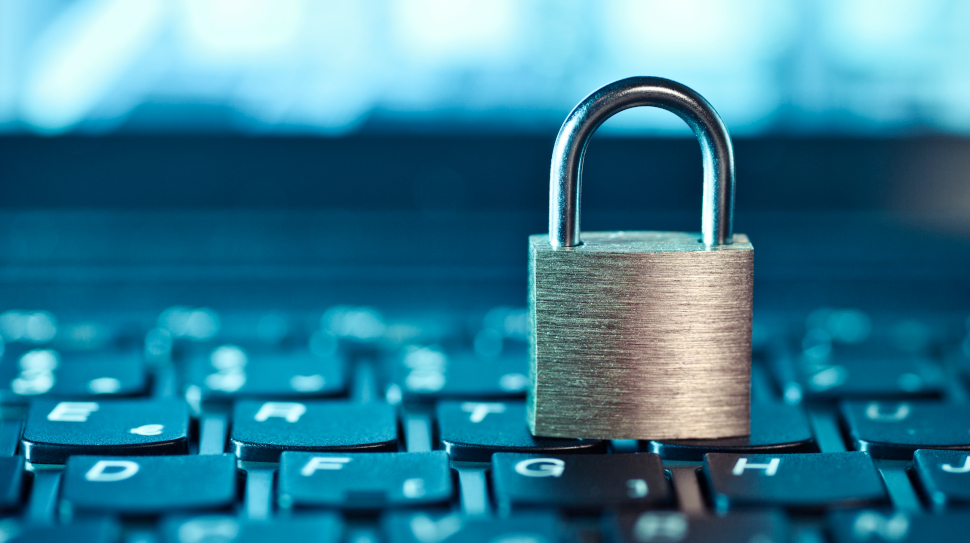 Aligning IT and security teams for optimal business success
Aligning IT and security teams for optimal business success
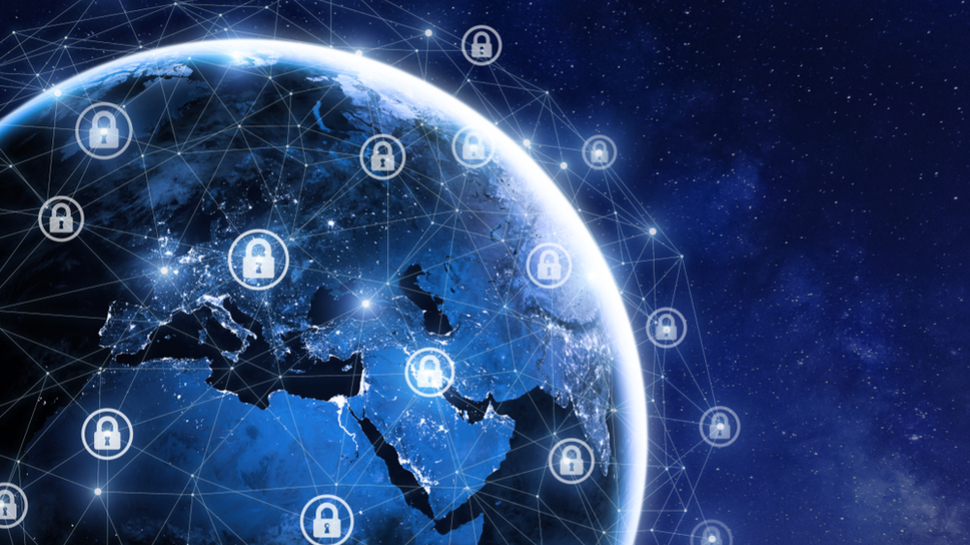 You’ve probably lost sight of your network – here’s why
Latest in Pro
You’ve probably lost sight of your network – here’s why
Latest in Pro
 vSphere 7 support ends: the challenges of Broadcom’s new licensing and pricing models
vSphere 7 support ends: the challenges of Broadcom’s new licensing and pricing models
 Why security is paramount for entrepreneurs in the vibe coding era
Why security is paramount for entrepreneurs in the vibe coding era
 The hidden gaps in your cloud security fabric
The hidden gaps in your cloud security fabric
 Apple reveals rare job cuts - some sales staff affected
Apple reveals rare job cuts - some sales staff affected
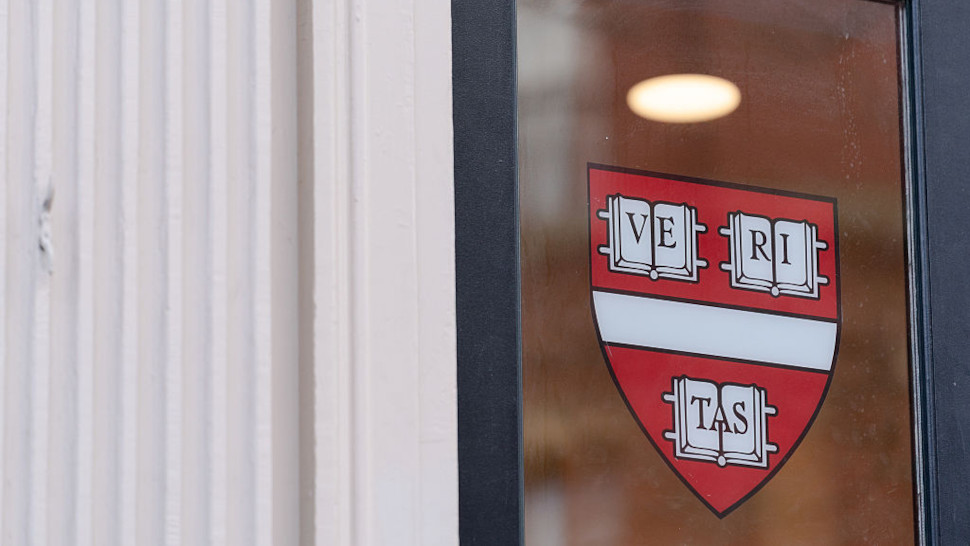 Harvard University reveals data breach hitting alumni and donors
Harvard University reveals data breach hitting alumni and donors
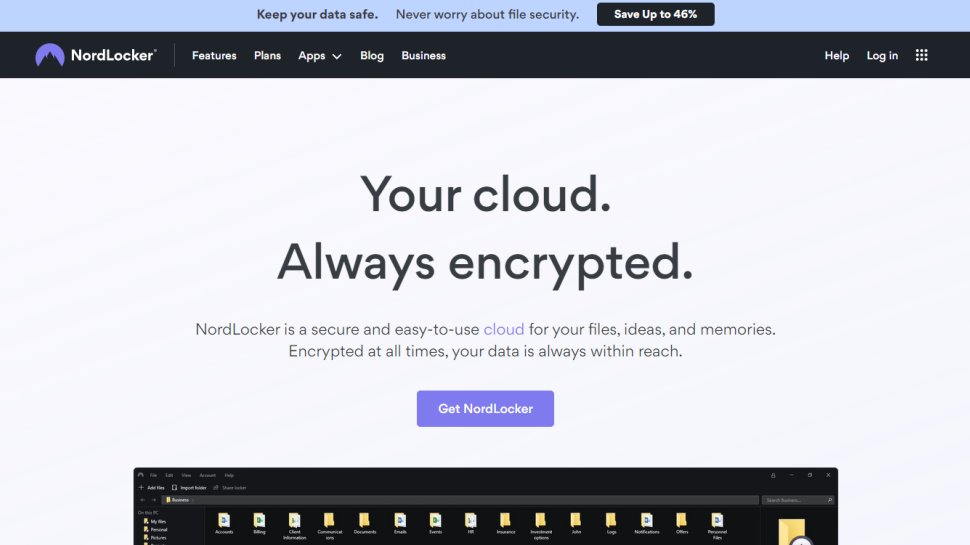 NordLocker is one of the most trusted security platforms out there - and its cloud storage offering has some great Black Friday deals
Latest in Opinion
NordLocker is one of the most trusted security platforms out there - and its cloud storage offering has some great Black Friday deals
Latest in Opinion
 The three speeds of zero trust
The three speeds of zero trust
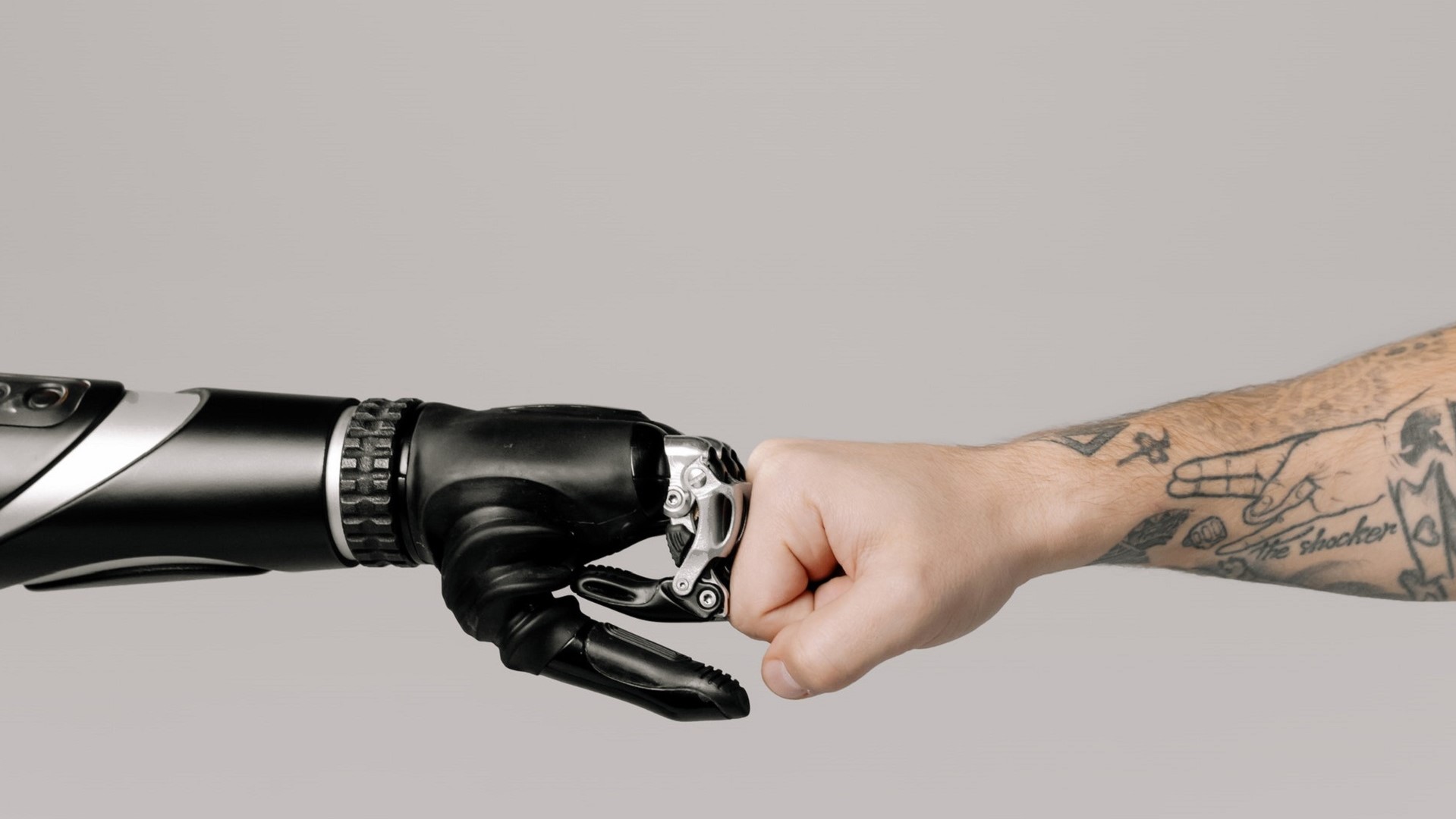 Humanoid robots are about to become the new smartphones of our lives
Humanoid robots are about to become the new smartphones of our lives
 Elon Musk on the future of jobs and AI, 'My prediction is that work will be optional'
Elon Musk on the future of jobs and AI, 'My prediction is that work will be optional'
 A glimpse into the next decade of connectivity: 4 lessons from Yotta 2025
A glimpse into the next decade of connectivity: 4 lessons from Yotta 2025
 Protecting productivity: the imperative of cybersecurity in manufacturing
Protecting productivity: the imperative of cybersecurity in manufacturing
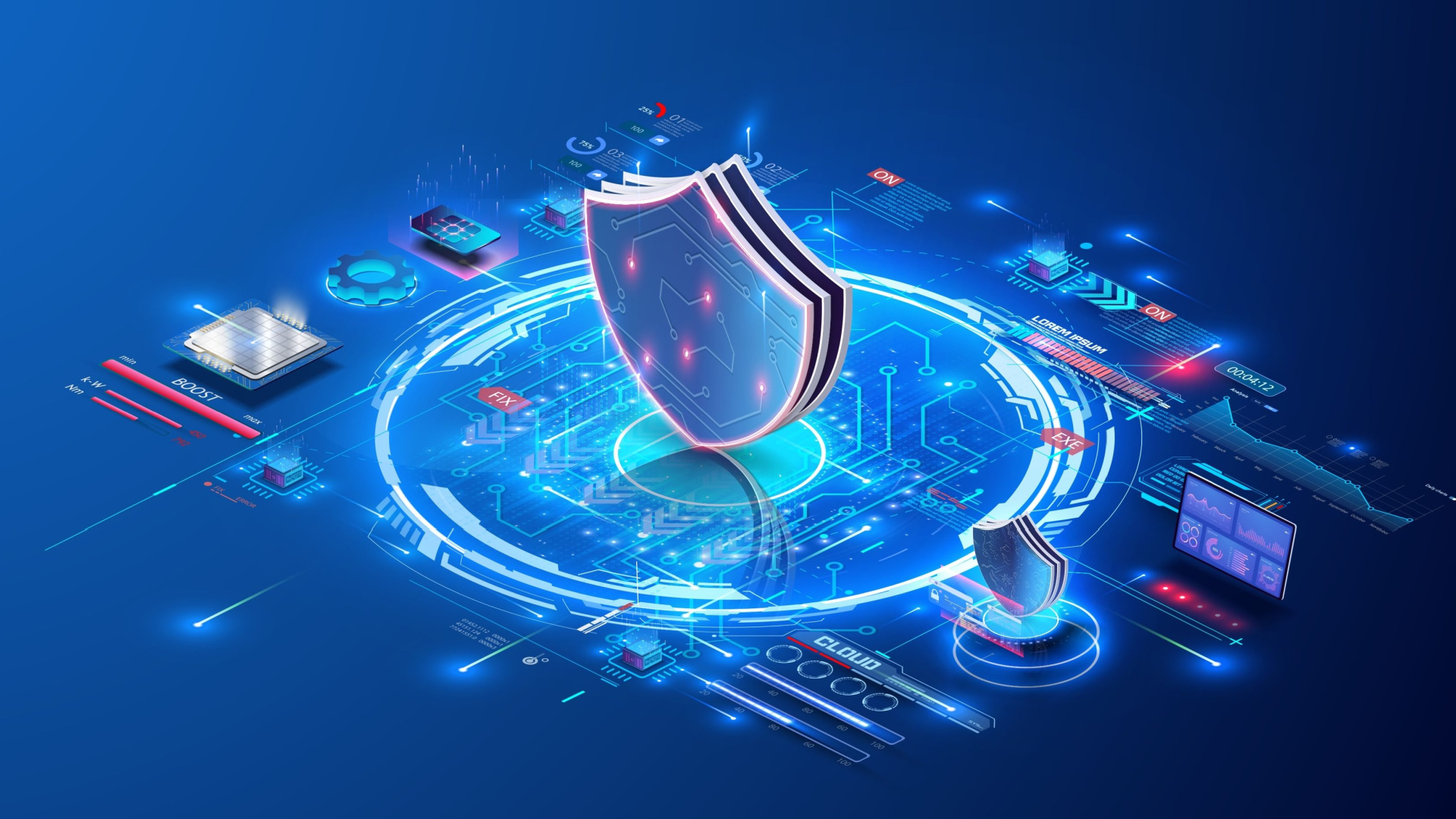 Human risk: don’t blame the victim, fix the system
LATEST ARTICLES
Human risk: don’t blame the victim, fix the system
LATEST ARTICLES- 1Nvidia's canceled RTX 4080 12GB could come back from the dead with a new name
- 2Lo spot anti-pirateria era stupido, lo dice anche la Scienza
- 3Un TV 4K da 65 pollici è la scelta migliore per il vostro salotto, ecco perché
- 4Roaming gratis per altri 10 anni. Bene ma qualcosa ancora non va
- 5Windows 11 è sul web, ma Microsoft non l'ha ancora annunciato
